The Story of the Kindspace Alexa Skill
Estimated reading time: 11 minutes
The advancement of technology in recent years has made digital products and services more accessible and useful to broader groups of people. Nowadays, technology serves not only as an entertainment or recreational channel but can also improve and contribute to our wellbeing.
At TL Tech we love to adapt everyday consumer electronics into assistive technology for elderly people and vulnerable adults to enable them to be more independent and live an autonomous life. Within the family of smart home devices, voice assistants are one of the most powerful tools to help with day-to-day tasks and reminders, as well as a support for general wellbeing and communications.
In this article we explore our journey as we created a whole new Amazon Alexa voice skill to help people within the home environment to better manage their wellbeing. Note that a voice skill is a bit like a mobile phone application (or app for short), that you can add to your smart speaker device to give it a new functionality.
About Our Blog
TL Tech is a Smart Homes Solutions provider with a difference. We help people get the best out of smart home technologies and create unique home environments to meet their needs and budget. Our vision is to “create a home that cares for you as you age”.
Smart home technologies have the power to transform lives, especially for the vulnerable in our society. This blog series will be looking to showcase the opportunities, find out more about the people working in this field and how we can create a world where “smart meets kind” ®.
Why Choose to Build a Voice Skill?
Covid-19
The current worldwide restrictions on social interactions caused by the COVID-19 pandemic has amplified a set of existing problems including social isolation and loneliness. Both of which can have a significant impact on a person’s wellbeing.
For the last seven months mental health issues have increased, many people have been shielding and working from home with little social contact. This has been due to the formal restrictions in place during the lockdown, but also because of general worries about the risks related to the virus.
This is particularly true for more vulnerable groups of people who need help, care, and support – who suddenly had their routines disrupted and now have limited contact with their carers, friends, and family.
Social Isolation and Loneliness
However, this is not a new problem, social isolation and loneliness have both been identified as relevant problems across the country. There have been numerous publications and summits held to action improvements and better understand the impacts of loneliness on health and wellbeing over recent years.
Shortly before her death in 2016, Jo Cox MP, set up the Loneliness Commission and in early 2017 Theresa May appointed Tracey Crouch MP as the world’s first Loneliness Minister. In 2018 the first cross-Government strategy “A connected society: A strategy for tackling loneliness – laying the foundations for change” was published. The document sets out a series of commitments to help all age groups build connections, including plans to build ‘social prescribing’ and championing technology as a real force for social good.
According to Dr Joanna Teuton in the 2018 report “Social isolation and loneliness in Scotland” 11% of the adults in Scotland felt lonely often and 38% felt lonely sometimes.
These important initiatives and bodies of research show that this is not a recent issue, but rather it existed before the social distancing measures imposed in Spring this year. People who previously identified as feeling lonely need even more support now as the limited social contact they had before has reduced even further.
Social and Digital Inclusion
There is a very strong link between being socially disadvantaged and having an increased risk of social isolation. It is typically the case that people who are socially disadvantaged are more likely to have lower levels of social support, less frequent social contact, and limited involvement in their community. This can be further exacerbated by poor physical and mental health, a disability, or long-term health condition.
Closely related to this is digital inclusion, where those who have home internet have been far more able to cope with the restrictions imposed due to the COVID-19 pandemic. It is now becoming clear that access to the internet is a necessity and that more needs to be done to support people to install secure internet connections, with both funding and education. It is important that as the move to digital health solutions accelerates, this doesn’t increase inequalities in access to services.
The initial focus of the Amazon Alexa voice skill project was as a tool to support elderly people. We identified that they are the demographic that could benefit the most from a digital wellbeing support service. There are alternative devices such as tablets and mobile phones, however these can be difficult to use, requiring a degree of hand dexterity and good eyesight. Using a voice assistant is a more natural interaction which doesn’t require acquiring a new skill or learning to operate a device, as seen with more complex devices and technologies.
While a voice assistant does require an internet connection, it doesn’t use a lot of data and the smart speaker hardware is very affordable when compared to the cost of a tablet or smart phone. This makes voice assistants a great way to support digital inclusion because of their accessibility and ease of use. As more and more services become available through voice interaction, this will only increase the benefits.
There is also a growing body of evidence which suggests voice assistants could have a significant role to play in alleviating the effects of loneliness.
The New Normal
There is a huge population now working from home. We’ve had to adapt very quickly to these new ways of working and deal with stresses in our lives – all while not being able to see our friends and family as much.
As the Amazon Alexa voice skill project progressed, we understood that it is not only the elderly or vulnerable groups that would benefit from the use of the skill, but people of any age, really anyone who would like to understand more about their wellbeing and make changes to support it.
While some have been able to create new routines and settle into this “new normal”, it has been very challenging for most, particularly as time has gone on, with the realisation that we are going to be in uncertain times for a while. The lines between home life and work life have become significantly blurred. There are background worries of job security and a looming economic downturn, which are all taking their toll on the nation and people’s mental health.
What’s involved in Building a Voice Skill?
We started researching the build towards the end of May this year. This was important as we wanted to understand what wellbeing tools were already out there, the barriers to technology adoption, and how a conversation might be able to be structured on a platform like Amazon Alexa. We also spent time surveying individuals to get input to the design and understand more about how people support their wellbeing.
The initial prototype was created using a package called Voice Flow, this allows you to mock-up very quickly within a few hours the conversation flow and test on a smart speaker device. We chose to build our skill for the Amazon Alexa devices. This is because they currently have the largest market share, but more importantly they offer a lot more functionality at a lower price point, making the technology more accessible.
All voice skills must be built and submitted for certification through the Amazon Developer Console and the Alexa Skills Kit. The support within the Amazon platform is very good with lots of guidance on how to build custom skills, including examples of other projects and an active forum community for developers.
From a technical side two programming languages were used: Node.JS for the skill development, and Python for the data analysis of the questionnaire and interviews performed with users. SPRINT and SCRUM methodologies were used for structuring the workflow into multiple iterations of the development process.

How Does it Work?
Wellbeing and Mental Health
The systems in our bodies are interconnected and there’s a growing view that our health is influenced by our habits and environment far more than our genes. Similarly, there is a strong link between social isolation and mental health. Research shows that mental health problems increase the risk of loneliness, and loneliness contributes to the development of mental health problems.
The longer the period of isolation the more difficult it might be for a person to maintain their wellbeing or to re-adjust to increased social interaction in the future. Therefore, it is imperative that people are given tools that help them to monitor how they are feeling and ways to help them cope with the stresses created by the COVID-19 pandemic.
Wellbeing Questionnaire (Daily Check-in)
The Kindspace wellbeing questionnaire is formed of four questions that assess two distinct areas, our energy levels and the way that we feel. The questions cover a range of aspects including mental and physical health, emotional wellbeing, relationships and self-esteem. The user just needs to give a score for each statement according to how closely they identify with the statement and the skill feeds back an overview of the user’s wellbeing.
The goal of the questionnaire is to help people monitor their wellbeing, understand how they feel day by day, and detect any changes in their wellbeing.
Wellbeing Tips (Tip of the Day)
The second large part of the Kindspace skill is the tip of the day which includes a series of tips that the user can ask for after completing the daily check-in, or as a stand-alone exercise. The tips were compiled to cover different aspects of wellbeing, such as relationships, meditation, mindfulness, exercise, nutrition, and sleep.

Benefits of the Skill
When it comes to your wellbeing, both the way you think and the things you do have an impact. Kindspace brings a number of benefits and advantages over other methods of tracking and improving wellbeing.
- Easy to use, with just your voice. Great if you are getting fatigued after using screens all day long on your smart phone or computer.
- Quick to use, the daily check-in and follow-up tip takes less than two minutes to complete.
- The tip content is holistic covering a wide range of wellbeing advice. There’s no need to trawl the internet for ideas of things to try.
- Raises awareness of key wellbeing indicators and how to action improvements.
- Helps to form new habits and reframe your thoughts.
- Reduces feelings of loneliness and isolation.
- It’s accessible. As the skill can be controlled with voice only it can be done in parallel with other activities, and even be used by people with vision impairments.
Future Outlook
While the Kindspace skill already includes some great functionality to monitor your wellbeing and help you get more focused on improving different areas of your life, there are still more things to come and new improvements will be added with time.
We intend to regularly add to the library of tips and are looking forward to sharing some seasonal advice leading up to the festive period.
We were keen that our solution be built as a voice first interface, rather than a mobile application, however we will be adding additional visual content to enrich the user experience on devices that have a screen.
We’ve previously written about the role of the smart home and Kindspace is our way to help introduce people to the benefits of voice assistants in the home. We’re devoted to continuing our work empowering people to adopt smart home technologies and showcasing some of the other use cases.
Key Takeways
We are collectively facing a very challenging time. Pressures on mental health and social care resources were stretched even before the COVID-19 pandemic. While Kindspace isn’t designed to prevent mental health problems or manage more complex mental health conditions, it can support general wellbeing and raise awareness about the key indicators of wellness. A quick two-minute check-in can bring better balance to your life and encourage you to try new things or reach out for support if you need it.
Loneliness was a huge hidden problem, but now that we are all faced with it, there can now be no delay in addressing the issue. As we always advocate, technology can only ever be part of the solution and voice assistants won’t be right for everyone, but by creating Kindspace we are giving people more choice and trying to create an experience which is quick and easy to use, without having to have a smart phone.
The official Kindspace launch is today. You can search for us in the Alexa Skill Store, or here is a direct link to the skill page:
Kindspace – Track and Improve your Wellbeing
We’re looking forward to publicising this free tool to help people better manage their wellbeing at home. You can see more about the skill on our separate Kindspace mini site. https://kindspace.mailerpage.com/
We’d love to know your thoughts and for you to tell others about the skill and its benefits. We’re always looking for new ideas and tips, so if you have anything that you think would improve Kindspace please do get in touch with the team.
If you liked this post, check out our website for more technical advice and our Alexa tutorials on our Youtube channel. You can also subscribe to our mailing list to be notified when we have new posts and support material available.
We also have an amazing new Smart Meets Kind community over on Facebook that you can join to discuss all things smart home and voice assistant technology, whether you are new to technology and need some support or maybe you’ve tried a new device and want to share your experiences with others.


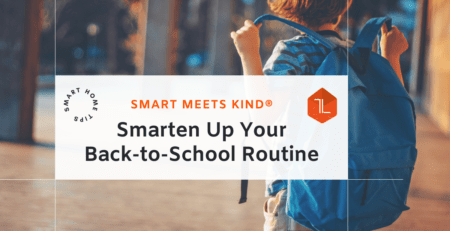
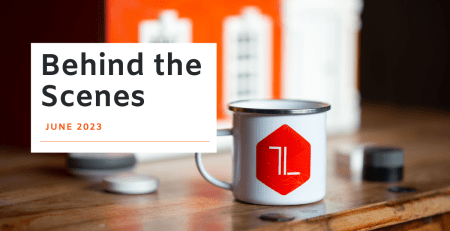
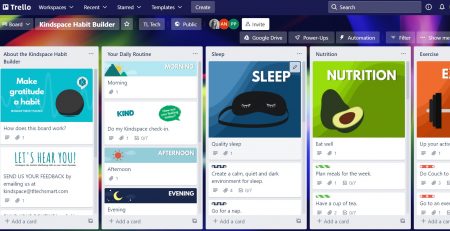


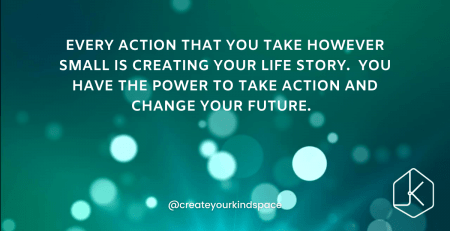
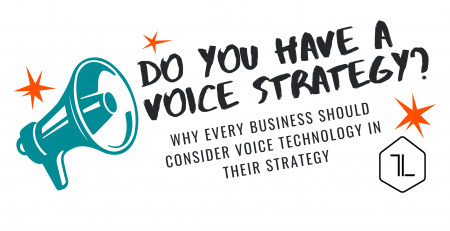
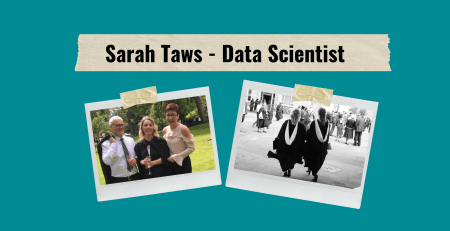
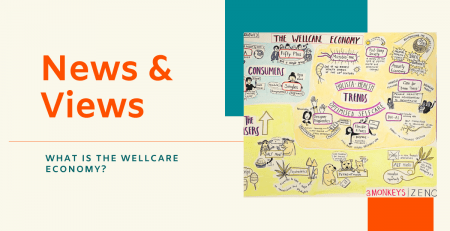
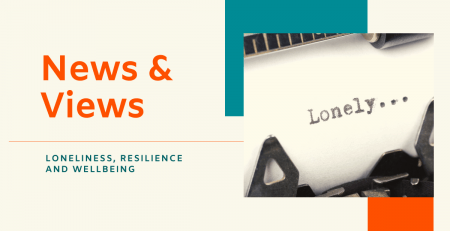
Comments (1)
[…] time, we actually wished to do extra to assist folks and so determined to create a voice utility, Kindspace, for Amazon’s Alexa to assist self-care and increase […]